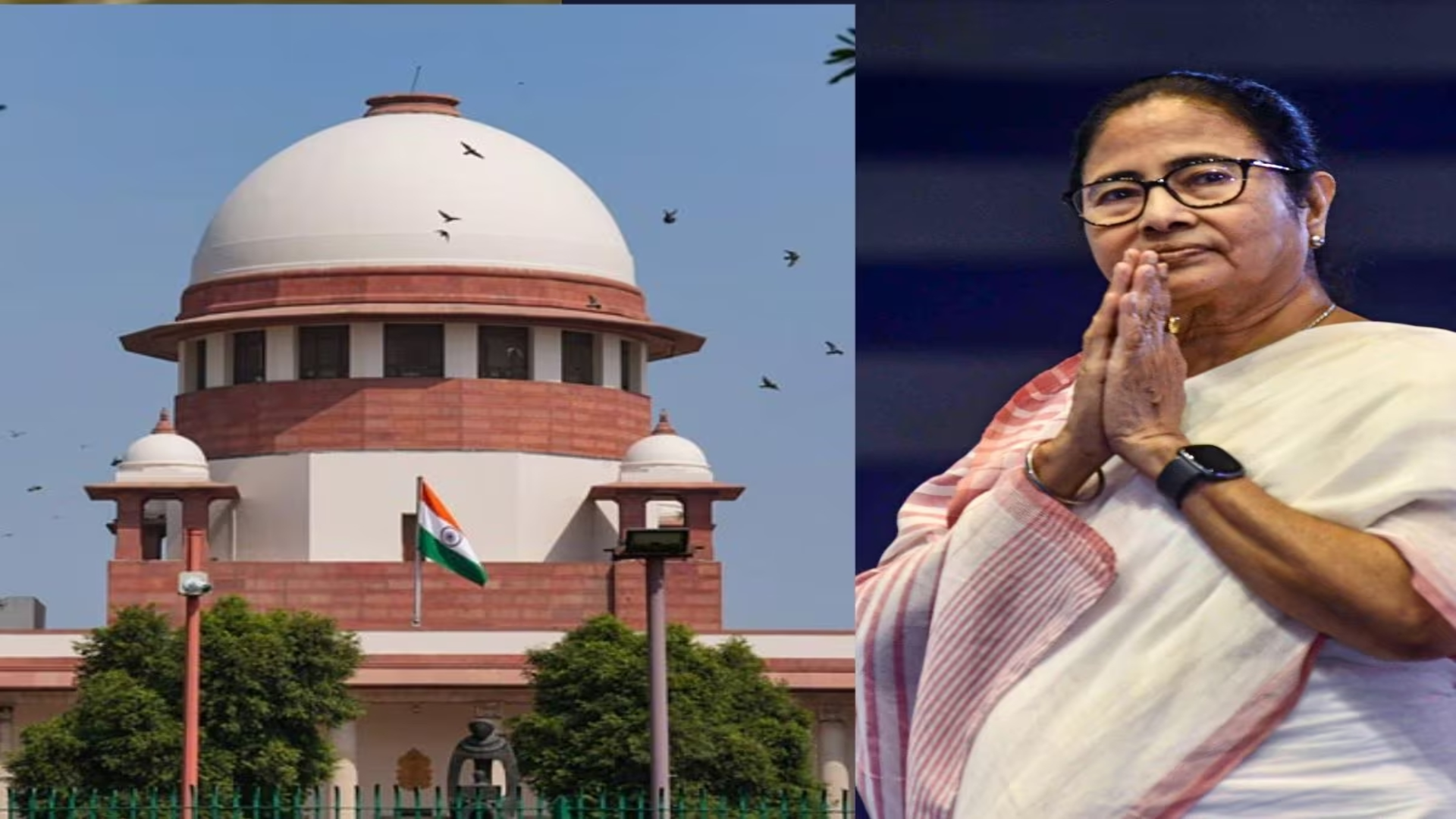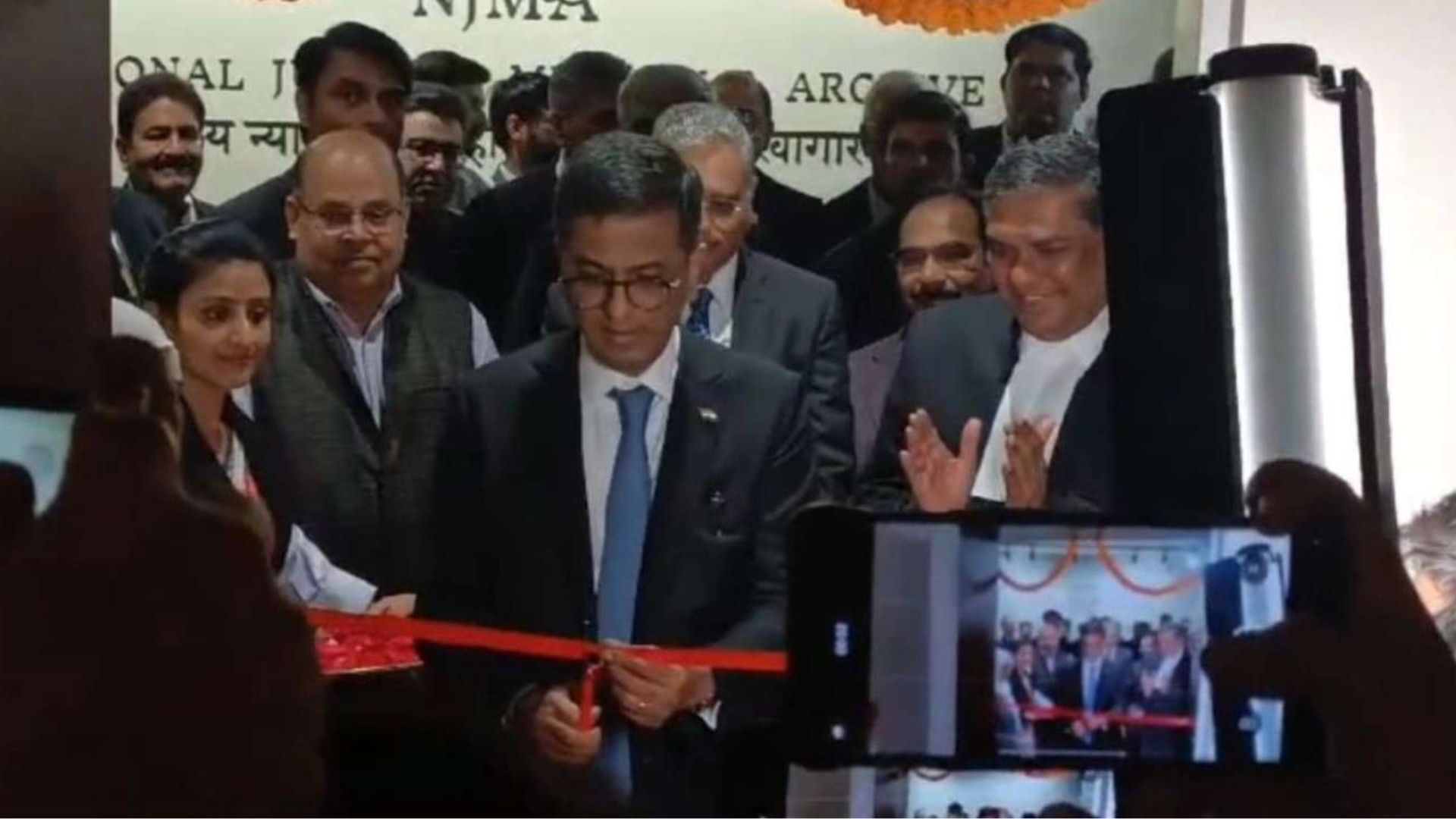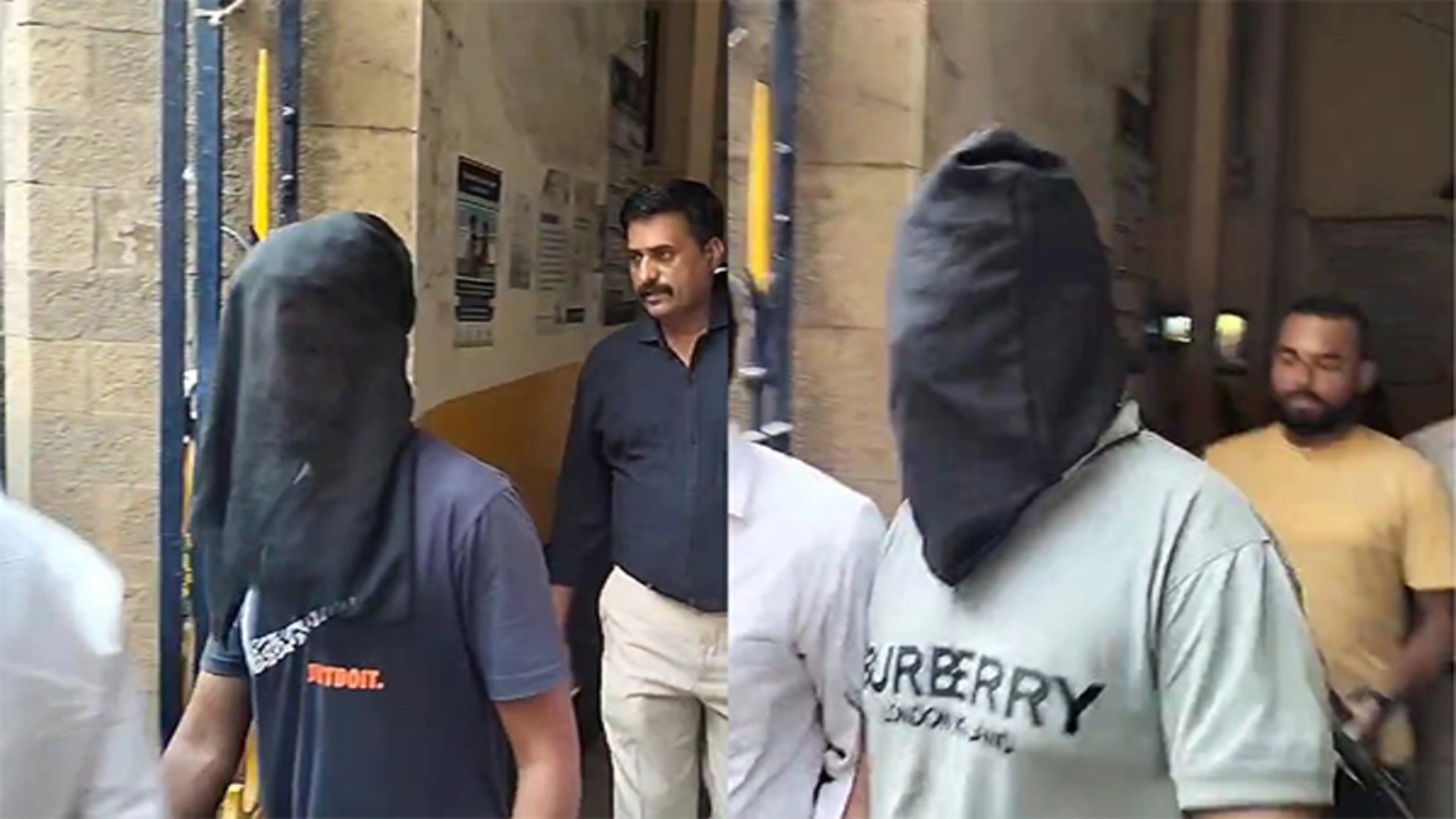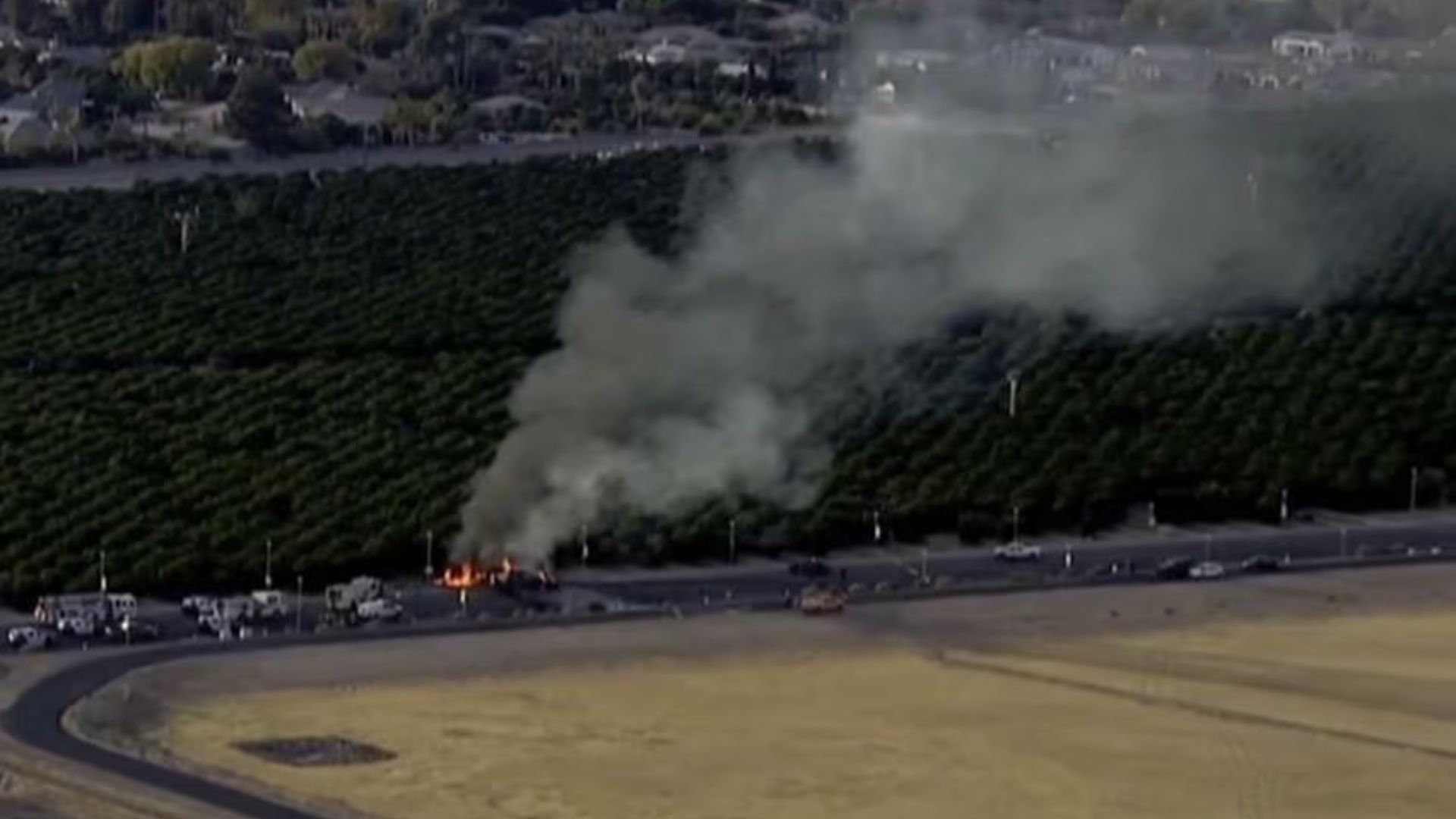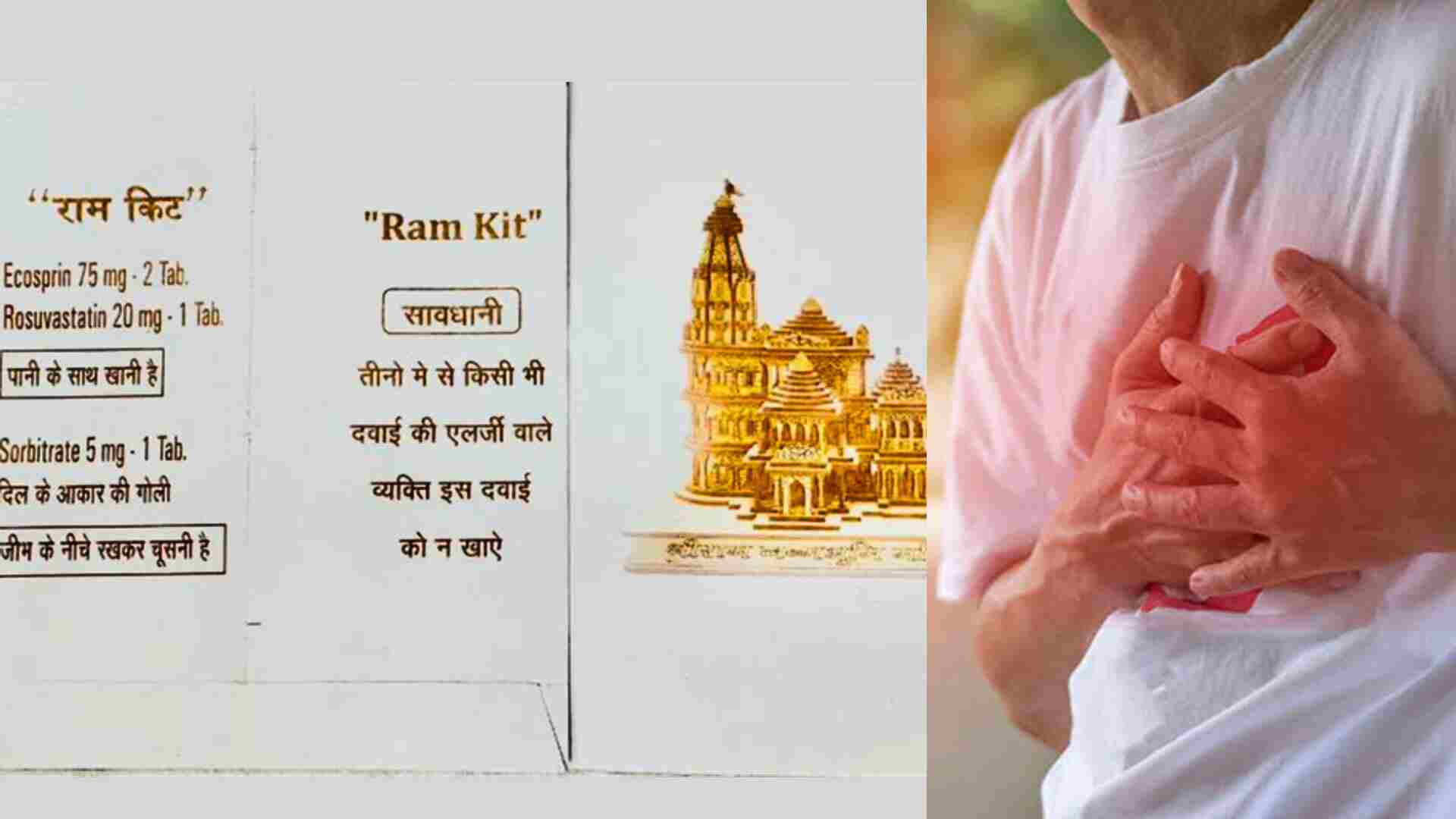
This years celebrations of India’s 73rd Republic Day were conducted with the customary aplomb despite the restrictions imposed by the Covid-19 pandemic. As the 125th birth anniversary of Netaji Subhas Chandra Bose was on 23 January, the Prime Minister announced that henceforth, the Republic Day Celebrations will commence on 23 January, the birth anniversary of Netaji and end on 30 January, the death anniversary of Mahatma Gandhi. This was befitting and symbolic as both Gandhi and Bose were the tallest figures of India’s struggle for Independence.
 Indian Army’s Tank Centurion passes through the Rajpath during the 73rd Republic Day Parade, in New Delhi on 26 January. ANI
Indian Army’s Tank Centurion passes through the Rajpath during the 73rd Republic Day Parade, in New Delhi on 26 January. ANI Indo-Tibetan Border Police (ITBP) personnel celebrate Republic Day at 17,500 feet in minus (-) 40 degree Celsius temperature in Ladakh on 26 January. ANI
Indo-Tibetan Border Police (ITBP) personnel celebrate Republic Day at 17,500 feet in minus (-) 40 degree Celsius temperature in Ladakh on 26 January. ANI The cockpit view of Baaz formation comprising one Rafale, 2 Jaaguars, 2 MIG- 29 UPGs, 2 Su-30s in seven ac ‘Arrowhead’ formation during the 73rd Republic Day Parade, in New Delhi. ANI
The cockpit view of Baaz formation comprising one Rafale, 2 Jaaguars, 2 MIG- 29 UPGs, 2 Su-30s in seven ac ‘Arrowhead’ formation during the 73rd Republic Day Parade, in New Delhi. ANI
On this Republic Day too, controversies over mundane issues cropped up, which is symptomatic of schisms within the Indian polity and in India’s larger cultural milieu. The merger of the eternal flame at the “Amar Jawan Jyoti” at India Gate on 21 January, with the eternal flame at the National War Memorial, located 400 meters away, led to allegations that the legacy of Indira Gandhi was being undermined and that those who had laid down their lives for the country in the Liberation War of 1971 were being disrespected. Both allegations have little substance.
The Amar Jawan Jyoti, inaugurated on 26 January 1972, was conceptualised soon after India’s victory in the 1971 Liberation War. The simple yet elegant structure was a temporary measure to serve the purpose of a National War Memorial, till a proper memorial was constructed. The eternal flame which was lit on 26 January 1972, would thereafter shift to the New War Memorial, as and when it came up. The merging of the flame at India Gate with the flame at the National War Memorial was therefore a correct decision as having two eternal flames, 400 meters from each other, was incongruous, to say the least. The names inscribed on India Gate are of the soldiers who laid down their lives in World War I and in the Afghan wars. The National War Memorial, spread over 40 acres and unveiled in 2019, has the names of all soldiers who have laid down their lives for the country, in all the wars fought since Independence. The debate should not have been on the merger of the flames but why it took the country 48 years after the Liberation War to construct a National War Memorial. This is a question which still begs an answer.
The announcement by the Prime Minister that a statue of Netaji Bose will be placed in the central canopy at India Gate was greeted with applause by many, but with scepticism by some. The central canopy earlier housed a marble statue of King George V, dressed in a flowing robe, complete with globus cruciger and sceptre—a Christian symbol of authority since the Middle Ages. This was removed only in 1968 and since then, the canopy, located 150 meters East of India Gate, has remained empty. The sceptics questioned the move, saying that the ruling dispensation was trying to appropriate the legacy of Bose. Others said that Gandhi’s statue should be placed there. On 23 January, Prime Minister Narendra Modi unveiled a hologram of Subhas Chandra Bose in the central canopy, as a stop-gap measure till a proper statue could be placed there. But here too, there were nay-sayers! Why spend so much money on a hologram, wrote the Print, saying that the hologram was “neither a technology demonstration nor functionally sensible, but a symbol of the inaccessibility of high technology for the vast majority”. Once again, however, the wrong questions were asked. What should have been on top of every Indian mind was a fundamental question: Why was the statue of King George V not removed from the central canopy immediately after Independence? Even if the argument is that India was still a dominion, then the statue should have been removed on 26 January 1950 when India became a Republic. The fact that we let this symbol of colonial subjugation remain for 21 long years reflects a servile and slavish mentality. This is a mindset which unfortunately, some in India continue to exhibit.
On 29 January, the Beating Retreat ceremony, as always, was a treat to watch. The massed band display ended with a moving rendition of the iconic song, “Ae Mere Watan ke Logo”. This was a fitting tribute to all our soldiers who have laid down their lives for the motherland and was a passionate call for remembering their sacrifice. This iconic song replaced a hymn, “Abide With me,” which was played in earlier years to mark the close of the ceremony. The hymn is undoubtedly appealing and touching, especially to those schooled in western traditions, but it was not a tune which the Indian masses could relate to. Being a religious hymn, playing it to mark the end of the Republic Day celebrations was in a sense not appropriate for a nation with secular credentials. There was no need for some to decry the change as an assault on India’s composite culture or on the Army’s traditions. There is, in any case, a difference between customs and traditions. The latter refer to attributes which we must imbibe, such as a tradition of valour, courage and honour. In the military, we have a tradition that we do not leave our comrades behind. We have a tradition that officers lead from the front. Such traditions are eternal, but customs are subject to change, like the uniform we wear, the songs we sing or even the parades we hold.
As India marches confidently ahead to find its rightful place in the comity of nations, we would do well to remember that every issue does not necessarily have to be viewed in binary terms. There is a time and place for everything, but sometimes, it would do all of us a world of good to just sit back and take pride in our country—even if it is for just one day.
The author is an Army veteran and is presently, Director, India Foundation.
